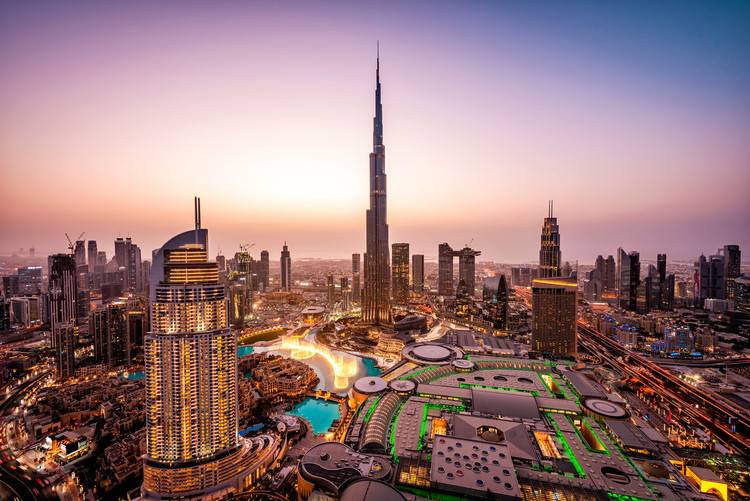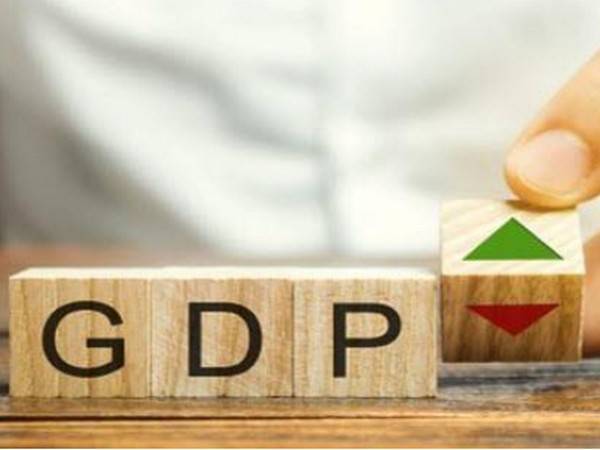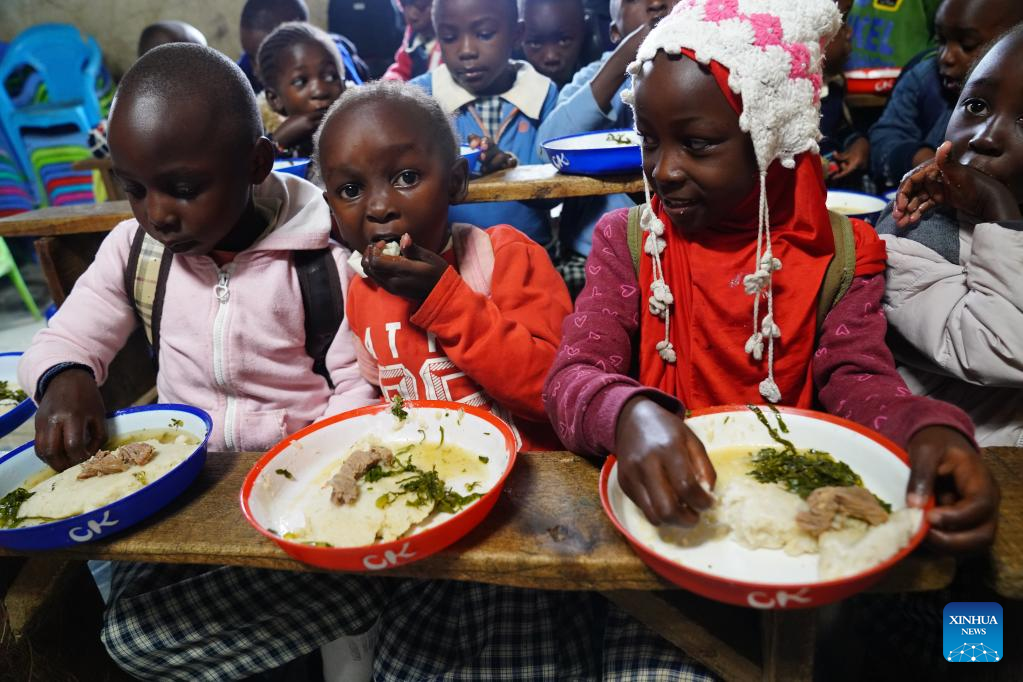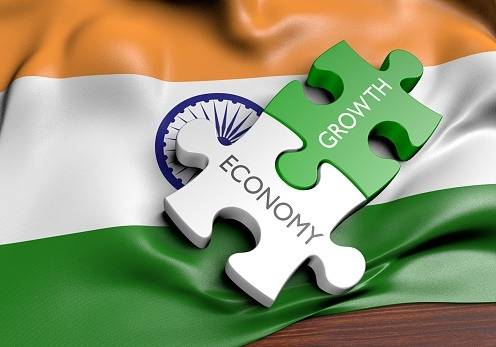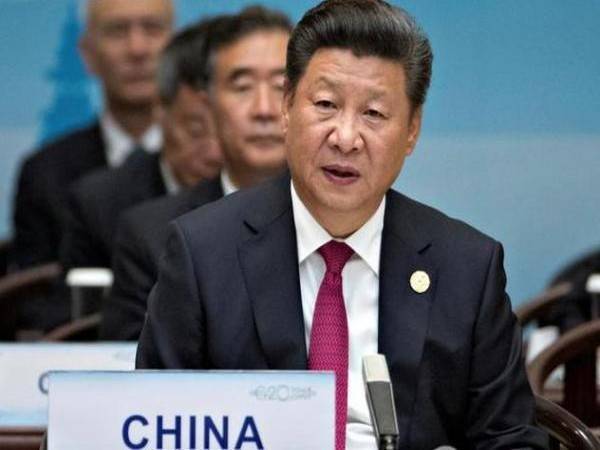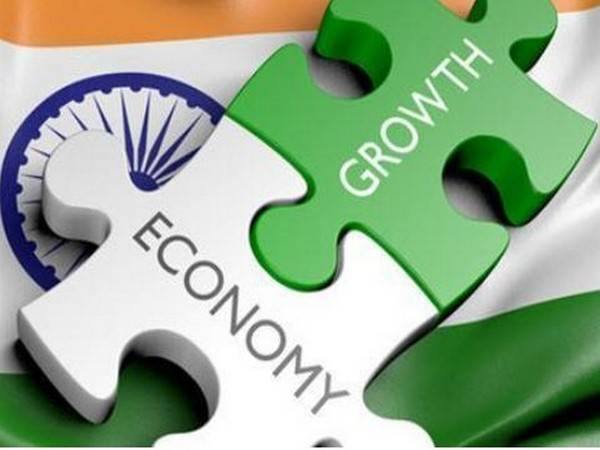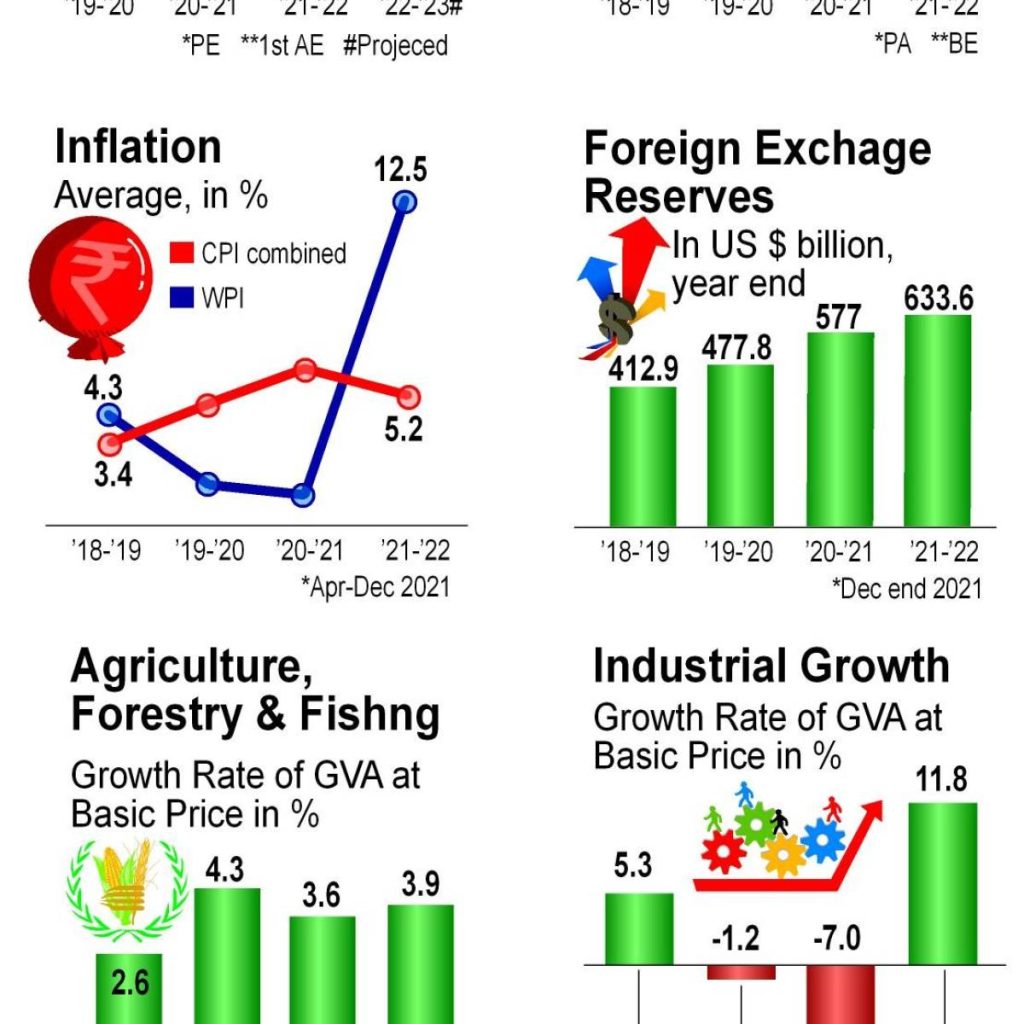Finland’s exports will also benefit from this growth. However, the loss of Russian markets will leave a permanent gap in exports…reports Asian Lite News
Finland’s Ministry of Finance has marked down its economic prognosis for 2023. It now predicts a 0.2 per cent GDP decline. Back in September, it projected growth of 0.5 per cent.
“It is difficult to see a path on which growth does not slow in Finland. The risk of a recession is clear, but an even greater risk is remaining locked in old structures and the resulting underutilisation of resources,” Mikko Spolander, Director of the Ministry’s Stability Unit, said on Tuesday.
Finland’s GDP is expected to grow by 1.9 per cent in 2022, decrease by 0.2 per cent in 2023 and increase again by 1.2 and 1.4 per cent in 2024 and 2025, respectively, Xinhua news agency reported.
The country’s GDP began a slight decline in autumn, and weak economic performance is expected to continue over the winter, the Ministry said in a statement on Tuesday.
A broad rise in prices has cut households’ purchasing power as incomes have not kept pace with prices. However, inflation will slow in 2023 and income growth will accelerate. The economy will recover in 2024 but will not return to the growth track that was previously forecast due to the conflict between Russia and Ukraine, it added.
According to the Ministry, the economic situation in the eurozone is very similar to that in Finland. However, most eurozone countries are suffering from the energy crisis more than Finland because natural gas plays a much greater role in their energy production.
Despite the slowdown in economic growth, the growth in world trade has been brisk and will accelerate after 2023. Finland’s exports will also benefit from this growth. However, the loss of Russian markets will leave a permanent gap in exports.
The employment rate is at a record high at the end of 2022. The number of job vacancies is also quite high. In 2023, the number of employed people will decrease by about 12,000, and the unemployment rate will rise to 7 per cent. Despite the slump, the employment rate will remain strong and begin to grow again in 2024, it said.
The forecast assumes that economic sanctions and the effects of the Russia-Ukraine conflict will remain similar, the Ministry said. New developments in Ukraine may cause significant and rapidly spreading effects on the economy. Should this occur, economic employment growth would be weaker than estimated. On the other hand, the end of the conflict and the start of reconstruction would have significant positive effects on the economy.
ALSO READ-We understand India’s position on Russia-Ukraine war: Dutch envoy


